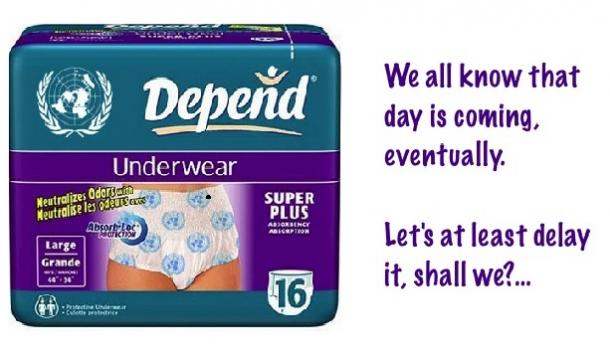
The other day I was demonstrating some of the great exercises we do in our prenatal/postnatal Belly Bootcamp classes and a young mom asked,
“I had a c-section so I don’t have to do kegels, right?”
“Wrong,” I had to answer, but I could understand the attraction of a kegel-free life.
So let’s be honest. There is only one fun time to do a Kegel and that’s in bed. If you’re looking for a raunchy kegel article (is there such a thing?) this is not it.
If you are looking for a way to:
![]() Prevent and correct bladder control issues
Prevent and correct bladder control issues
![]() Prevent and treat hemorrhoids
Prevent and treat hemorrhoids
![]() Restore proper... um... tightness after childbirth
Restore proper... um... tightness after childbirth
![]() Enhance intercourse for yourself and your partner
Enhance intercourse for yourself and your partner
![]() Ease future childbirths and recovery
Ease future childbirths and recovery
...then you should do kegels! If you want to feel loose, sore, unsatisfied and unable to control your bladder, be my guest.
Are you with me?
So what the heck is a kegel, anyway? Kegels are named after the doctor who designed them, Dr. Arnold Kegel. A kegel exercise strengthens the muscles of the pelvic floor — these muscles support the uterus, vagina, bladder and rectum. Pretty important muscles when you think about what it is they’re holding up. There are many factors that can weaken the pelvic floor muscles: childbirth, aging, chronic coughing, pregnancy, and even just being overweight.
What happens when they get weak? Do I need to go through the loose, sore, peeing yourself scenario again?
There are 3 main kegel exercises — allow me to break them down for you. The tricky part of instructing a kegel is I cannot, as your trainer, tell whether you are doing them correctly! So you must practice, practice, practice and truly focus on isolating those kegel muscles and imagining their movement as you contract and relax them. To find your kegel muscles, think of stopping mid-stream while peeing or of contracting as you would during intercourse. For all kegel exercises, sit cross-legged or stand comfortably.
Classic Kegel: contract the kegel muscles, pulling them upward and holding 1-2 seconds. Repeat and build up to 20 reps.
Super Kegel: contract the kegel muscles, pulling them upward, and hold as long as possible. Build up to 20 counts.
The Elevator: contract the kegel muscles and pull them upward in several stages, like floors in an elevator. Pause at the top, then release in several stages downward. Build up to 6-7 floors each direction.
Kegels should be performed daily for best results. The best part about kegels (aside from the no peeing your pants, smoother labour and better sex) is they can be done anytime, anywhere, while you are in the middle of doing almost anything else. I usually recommend doing them during one particular activity that you do daily — for example, while brushing your teeth — so they become habitual. If you are a new mom and bottle feeding or breastfeeding several times per day, do them at every feeding for just a moment and you should be all tightened up in no time!
One more tip: another great time to do a kegel exercise is during any core workout. The pelvic floor works together with the abdominal muscles; no muscle functions alone in the body. Here's an idea for the next time you do a plank: contract not just your abs but your pelvic floor and glutes.
Ready, set, kegel!